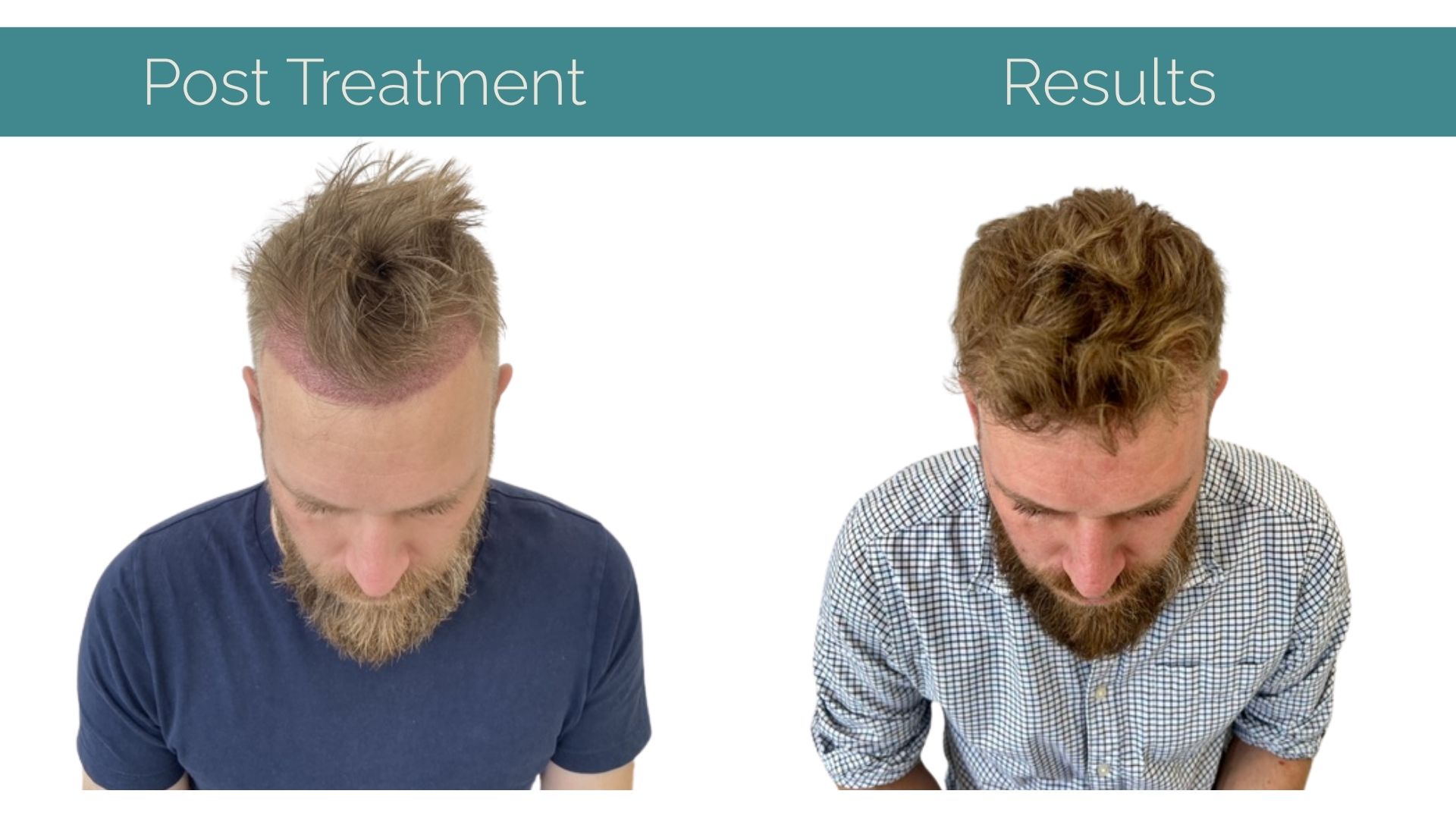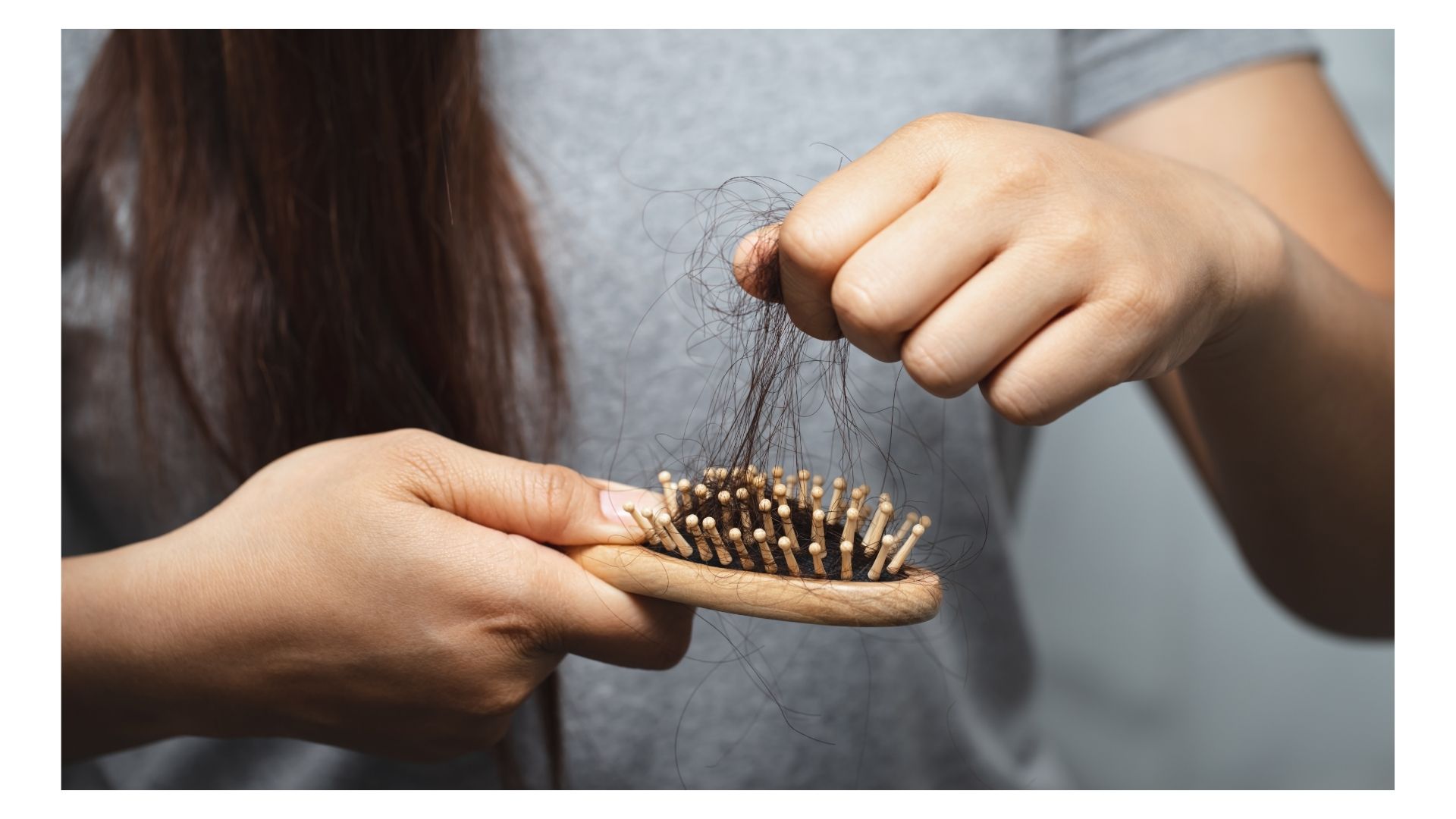Hair loss affects millions of people – both men and women – across the world. For many, the gradual loss of hair can be more than just cosmetic; it can chip away at confidence and self-image over time.
But what if, instead of hiding under hats or experimenting with questionable serums, there was a scientifically backed, minimally invasive way to restore what was lost? This is where Follicular Unit Extraction (FUE) steps into the spotlight – a hair transplant method that is helping countless individuals reclaim their hairlines and self-assurance.
In this feature, we take a closer look at the science and strategy behind FUE, breaking down how it works, what the process involves, who it’s best suited for, and what you can expect from start to finish.
What Is FUE and How Does It Work?
At its core, Follicular Unit Extraction (FUE) is a modern hair transplant technique that involves extracting individual hair follicles from a “donor area” – typically the back or sides of the head, where hair is most genetically resistant to balding – and implanting them into the thinning or balding regions.
Unlike the traditional “strip method” (FUT), which involves removing a strip of scalp and can leave a noticeable linear scar, FUE is much less invasive. Using a micro punch device – often less than 1mm in diameter – surgeons remove follicles one by one. This leaves only tiny, dot-like scars that are barely noticeable to the naked eye.
What makes FUE scientifically sound is that the hair follicles selected for transplant are typically resistant to the hormone DHT (dihydrotestosterone), which is responsible for most genetic hair loss. These hardy hairs, once relocated, retain their resistance and continue to grow in their new home.

The Step-by-Step Journey of FUE
1. Consultation & Evaluation: The FUE process begins long before the procedure itself. You’ll first meet with a hair restoration specialist who evaluates your scalp, hair loss pattern, medical history, and donor hair density. This assessment determines your eligibility and helps the surgeon map out a personalised plan.
2. Preparation on the Day: On the day of your procedure, both the donor and recipient areas are prepared – usually involving shaving for better access and precision. Local anaesthetic is applied to ensure a pain-free experience.
3. Extraction of Hair Follicles: Using a fine circular punch tool, the surgeon extracts individual hair follicles from the donor region. Each unit may contain 1–4 hairs. Precision is crucial here; poorly extracted follicles won’t survive the transplant.
4. Graft Placement: The recipient area is then carefully marked and tiny incisions are made at the appropriate angle and depth. Follicles are delicately placed into these sites one by one, mimicking the natural growth direction to ensure a seamless appearance.
5. Post-Procedure Care: You’ll be given clear aftercare instructions, which usually include how to wash your hair, medications to manage discomfort, and products to avoid. Most people are able to resume light activities within a few days.
The Healing Timeline: What to Expect
FUE is often touted for its short recovery period, but that doesn’t mean it’s an overnight transformation. Here’s what typically happens post-surgery:
First Week: Expect some redness, mild swelling, and tiny scabs around both donor and recipient areas. These scabs naturally fall away within 7–10 days. Avoid touching or picking at them to prevent dislodging the grafts.
Week 2 to 3 – The “Shock Loss” Phase: Don’t be alarmed if the transplanted hairs fall out during this time. It’s a natural part of the process, known as shock loss, where the shaft of the hair sheds while the follicle remains intact beneath the scalp.
Months 3–6 – Early Growth: Small, fine hairs begin to appear. They may initially be lighter in colour or texture, but with time they begin to thicken and take on your natural hair characteristics.
Months 6–12 – Full Results Unfold: This is when the real transformation happens. By month 12, most people see the full effects of the procedure, with dense, healthy hair filling in previously sparse areas.

Who Is FUE Best Suited For?
While FUE is a breakthrough for many, it’s not a one-size-fits-all solution. The ideal candidate typically:
- Has mild to moderate hair loss
- Possesses a good amount of healthy donor hair
- Has realistic expectations about what FUE can achieve
- Is looking for a scar-minimising, natural-looking result
It’s especially beneficial for those who like to wear short hairstyles, as the tiny extraction marks are barely visible compared to the linear scarring from older methods.
However, individuals with advanced hair loss or weak donor areas may need to explore alternative treatments or combined procedures to achieve their goals.
Why Choose FUE Over Other Methods?
1. Minimally Invasive: FUE does not involve deep incisions or stitches, significantly reducing downtime and scarring.
2. Natural Results: When performed by an experienced surgeon, like the team at IK Clinics, the transplanted hairs grow just like your own. The angles, density, and placement are designed to replicate your natural hair pattern.
3. Quick Recovery: Most patients are back to their daily routine within a week, making it a practical option for working professionals.
4. Flexible Donor Areas: FUE isn’t limited to scalp hair. In some cases, body hair – like from the chest or beard – can be used when scalp donor hair is limited.
Understanding the Limitations
As impressive as FUE sounds, it’s essential to acknowledge its limits.
The procedure doesn’t prevent future hair loss. If you continue to lose hair in untreated areas, you may require future transplants or supporting therapies such as PRP (Platelet-Rich Plasma) or medications like finasteride or minoxidil.
Moreover, the success of the transplant heavily depends on the skill of the surgeon and the post-operative care taken by the patient. A poorly executed FUE can lead to patchy results or a low graft survival rate.

Final Thoughts: A Hairline of Hope
FUE hair transplants represent one of the most advanced, scientifically supported solutions for hair restoration today. With its natural results, minimal scarring, and relatively quick recovery, it’s no surprise that FUE is becoming the go-to choice for people serious about tackling hair loss.
Whether you’re in the early stages of thinning or seeking a fuller, more youthful look, FUE offers more than just a cosmetic fix – it offers the chance to feel like yourself again.
As always, the first step is doing your research, consulting with a reputable clinic, and understanding both the possibilities and limitations. With the right guidance and realistic expectations, the science behind FUE could very well help you turn back the clock – one follicle at a time.
About IK Clinics
If you’re considering an FUE hair transplant, it’s important to consult with an experienced specialist to discuss your options and ensure you’re a good candidate. With the right surgeon and proper care, things that our team at IK Clinics pride ourselves in, you’ll be well on your way to enjoying a fuller head of hair – and the confidence that comes with it!
We don’t just specialise in FUE, we also offer other hair restoration treatments, such as Stem Cell Therapy and Plasma Therapy (PRP). Additionally, we also provide a range of anti-aging treatments to help you achieve that ‘I feel good’ feeling.
Get in touch to find out more and book your consultation.


